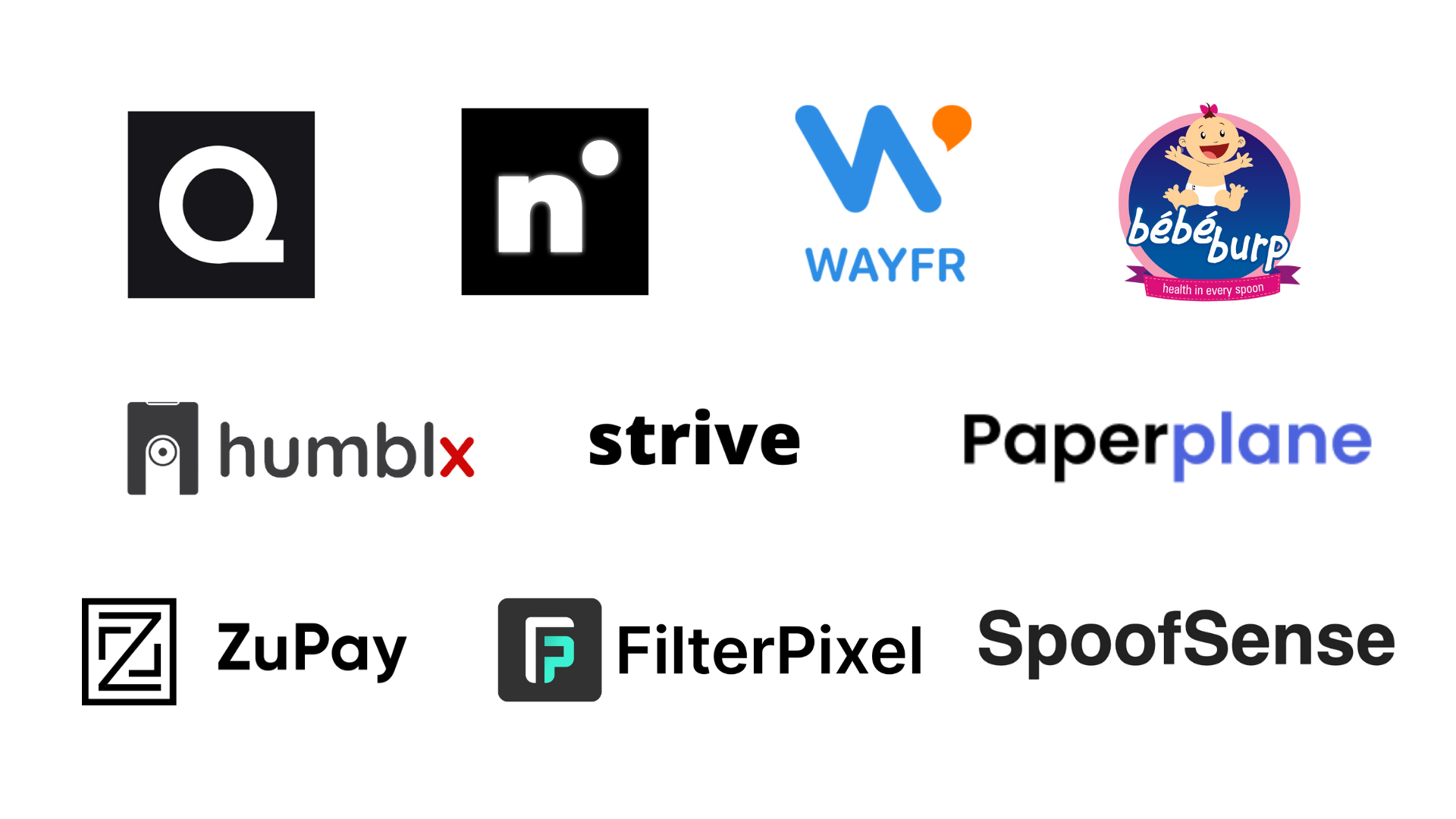[Startup Bharat] Here's how ShareChat, TikTok, Vokal, and other Indian language content apps are partnering with brands to make money
As a growing number of users across Tier II and Tier III India consume content and shop online, brands and content platforms and startups are tying up to create a win-win situation.
The years 2018 and 2019 saw the birth of several Indian language content apps. That and the growing penetration of internet brought home the fact that there was a new audience base looking to consume content in preferred languages.
According to YourStory Research data, between 2015 and 2019, over $610.88 million was pumped into Indian language content apps, across 49 deals. A bulk of this funding was in 2018 and 2019. While 2018 saw around $270.90 million investment across 18 deals, around $247.06 million was pumped in across eight deals till October 2019.
All these Indian language content apps are targeting new internet users.
With over 530 million internet users, India has the second largest internet user base in the world today. And platforms like , TikTok, , and others – while building content for these audiences - are looking at them in a different light.

Brands and content platforms
Brands as the primary source of revenue
Currently, most of the engagement, content, and usage of the platforms is free. But that doesn’t mean that the users are not consuming.
Brands and startups like , , Amazon, and are well aware of the vast goldmine that information, data, and a new user base present. It is therefore no surprise that brands are looking at advertising that targets this particular audience.
Licious Marketing Head Vanda Ferraro, at a panel discussion at an event hosted by last October, had said that language was imperative for the online meat and seafood startup. Licious spends as much as 55 percent of its revenue on digital advertising, of which five percent goes to Indian languages.
Many startups and brands have now started looking at Indian language content apps to get access to a vast consumer base. No surprises there!
As of August 2019, Sharechat had over 60 million active users, more than 14 billion WhatsApp shares, 21 million creators, and over 450 million content pieces created and posted.
In 2019, TikTok was the second-most downloaded app of the year, and much of it was courtesy India. India accounted for 45 percent of TikTok's first-time downloads globally, according to app intelligence firm Sensor Tower. The country also recorded the most app installs in Q4 2019.
“What these numbers reflect is reach. Brands do not need to worry about targeting their audiences. They can work with these platforms and target audiences as per their requirements,” says an analyst from a consultancy firm.
How do the models work?
The content platforms have proved that there is a market for Indian language content. And deeper internet penetration has made access to these markets easier.
What platforms like ShareChat and TikTok do is co-create content with micro influencers for brands that want to reach multiple language audiences. This, in turn, reduces the cost of content creation for the brands.
Mayank Bidawatka, Co-founder of Vokal, the peer-to-peer content generation platform, explains that their platform gives answers to non-English speaking consumers who look for them online, adding that the “AdWords” kind of model works best for their platform.
He says, “If there is a coaching class that is looking for Tier II and III audiences, it can rank top in the search.”
Mayank explains that this works better as their platform has content that is contextual and works with brands. Citing an example, he say that if someone asks what the best time is to travel to Jaipur on Vokal, a player like MakeMyTrip or Yatra can answer the question.
Vokal, he says, works more on a CPC model of advertising rather than the CPM model. The CPM Model refers to advertising brought per impression; the CPC Model focuses on paying per click.
A win-win situation
According to a RedSeer report, digital advertising spends in regional media are set to grow from $300 million in 2018 to $3 billion by 2023. As vernacular users continue to grow, the report predicts that up to 30 percent of advertising spend is expected to come from vernacular ads.
Sunil Kamath, Chief Business Office, ShareChat, says micro influencers help as most platforms like ShareChat have grown word of mouth and organically.
“In the last year or so, we have seen a lot of interest from brands and other players. We think it is a good time to create a value proposition for the market for monetisation. We met senior management at consumer brands, and the most common response is this is the kind of audience we want to reach out at scale,” Sunil says.
Consumption patterns are growing as well.
Gurugram-based foodtech platform has a strong presence in Tier II and III India. The company has said that emerging cities contribute 40 percent of their revenue.
Cities like Jaipur and Surat have household incomes that will cross over Rs 80,000. It is estimated that household income in over 26 other Tier II and III cities will touch Rs 40,000 by the end of this year. This, in turn, will bring more people online.
Aman Kumar, Chief Business Officer of analytical firm Kalagato, earlier told YourStory, “Tier II and III cities are an important focus area for any startup. If you look at taxi, food, or ecommerce, the competitive dynamics of larger players like , Zomato, etc., are more established in metros. Smaller cities offer growth opportunities as they are untapped or under-serviced markets.”
He explains that ShareChat is also a visually engaging and regional-first user platform that helps brands tap into the exact audiences they need. Sunil says that these users end up consuming one GB of content a day.
“The volume for these users becomes the currency, and not the time spent. They pay for prepaid data plans, and they need volume for the amount paid,” he adds.
Will the end user pay for content?
Does that mean content will primarily be free for consumers and they are unlikely to pay? Mayank thinks so. So do many others who feel that despite the growing income and consumption patterns, this isn’t an audience that will pay for content.
“Most of the content is free and they are currently used to consuming free content. Also, it isn’t the kind of content that one will be willing to pay for. Consumers in Tier II and III India are looking to consume the most amount of content in the prepaid data plans that they pay for. So it is unlikely that they will pay to consume content in the near future,” an analyst says.
With these plans in early stages, the platforms haven’t shared how much they charge brands and clients. But it is safe to assume that branded content and native advertising will be the primary source of revenue for Indian language content platforms.
(Edited by Teja Lele Desai)






![[Startup Bharat] Here's how ShareChat, TikTok, Vokal, and other Indian language content apps are partnering with brands to make money](https://images.yourstory.com/cs/2/a9efa9c02dd911e9adc52d913c55075e/Imagevv76-1579618243098.jpg?mode=crop&crop=faces&ar=2:1?width=3840&q=75)






